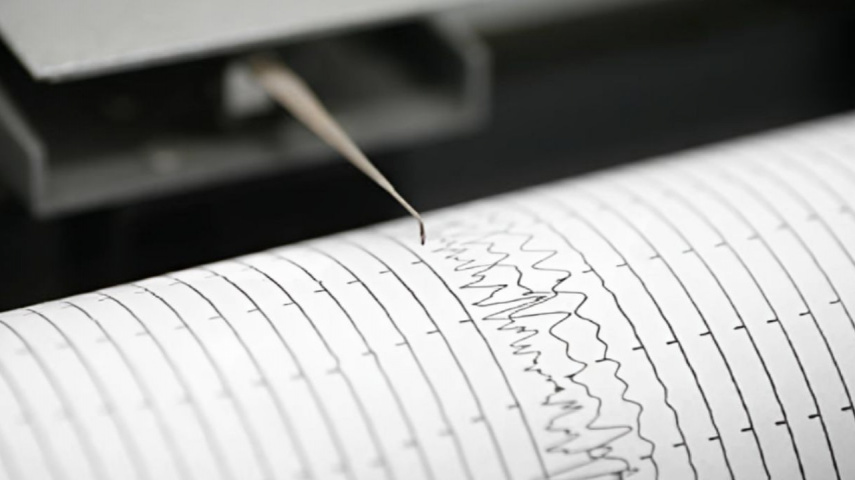Earthquake of 4.2 magnitude strikes Afghanistan; Details inside
Afghanistan was shaken by a notable seismic event when a magnitude 4.2 earthquake struck the region, sending tremors throughout the country. Here is a breakdown of the important details.

-
Afghanistan experiences an impactful seismic event, registering magnitude of 4.2 on Richter scale
-
Quake's epicenter is identified at latitude 36.36 and longitude 71.18 buried deep beneath 124 km
A magnitude 4.2 earthquake struck Afghanistan today, causing significant shaking in the region. According to data released by the National Centre for Seismology (NCS), the tremors were felt around 5:44 a.m. local time on Thursday, causing concern throughout the affected areas.
Epicenter and depth of Afghanistan earthquake revealed
The NCS confirmed that the epicenter of the earthquake was located at latitude 36.36 and longitude 71.18, 124 kilometers beneath the earth's surface. This information sheds light on the magnitude and potential impact of the earthquake on nearby communities.
NCS posted on X (Formerly Twitter), "Earthquake of Magnitude:4.2, Occurred on 28-03-2024, 05:44:02 IST, Lat: 36.36 & Long: 71.18, Depth: 124 Km, Location: Afghanistan."
This recent earthquake follows a similar event when Afghanistan was shaken by a magnitude 4.5 earthquake, earlier this month. According to the NCS, the previous quake occurred at 19:59:23 IST and had a depth of 169 kilometers, highlighting the region's ongoing seismic activity.
Afghanistan's geological landscape
Afghanistan's geological landscape, which includes ancient rock formations dating back nearly a billion years, creates the conditions for frequent seismic activity. Over geological time, the region has experienced extensive marine transgressions and deposition, resulting in a diverse landscape.
Afghanistan, located near the southern edge of the Eurasian Plate, is affected by tectonic collisions and plate movements. The convergence of tectonic plates, including the Eurasian Plate and the Indian Plate, resulted in the formation of notable geological features such as the Hindu Kush Mountains and the Himalayas.
Understanding plate tectonics
The Eurasian Plate, which covers most of Europe and Asia, interacts with neighboring plates like the Indian and Arabian Plates, resulting in complex geological dynamics. Triple junctions, divergent plate boundaries, and seismic hotspots all contribute to the region's complex tectonic activity.
Particularly, the spectacular Himalayan mountain range was sculpted by the collision of the Eurasian and Indian plates, and volcanic eruptions in places like Iceland, fueled by divergent plate boundary forces. Throughout Central Asia, the interaction of these geological forces shapes landscapes and affects seismic activity.
In a world where the earth's crust is constantly moving, understanding the complexities of plate tectonics and geological processes is critical for mitigating the impact of natural disasters and protecting lives and infrastructure.





 JOIN OUR WHATSAPP CHANNEL
JOIN OUR WHATSAPP CHANNEL






































































































